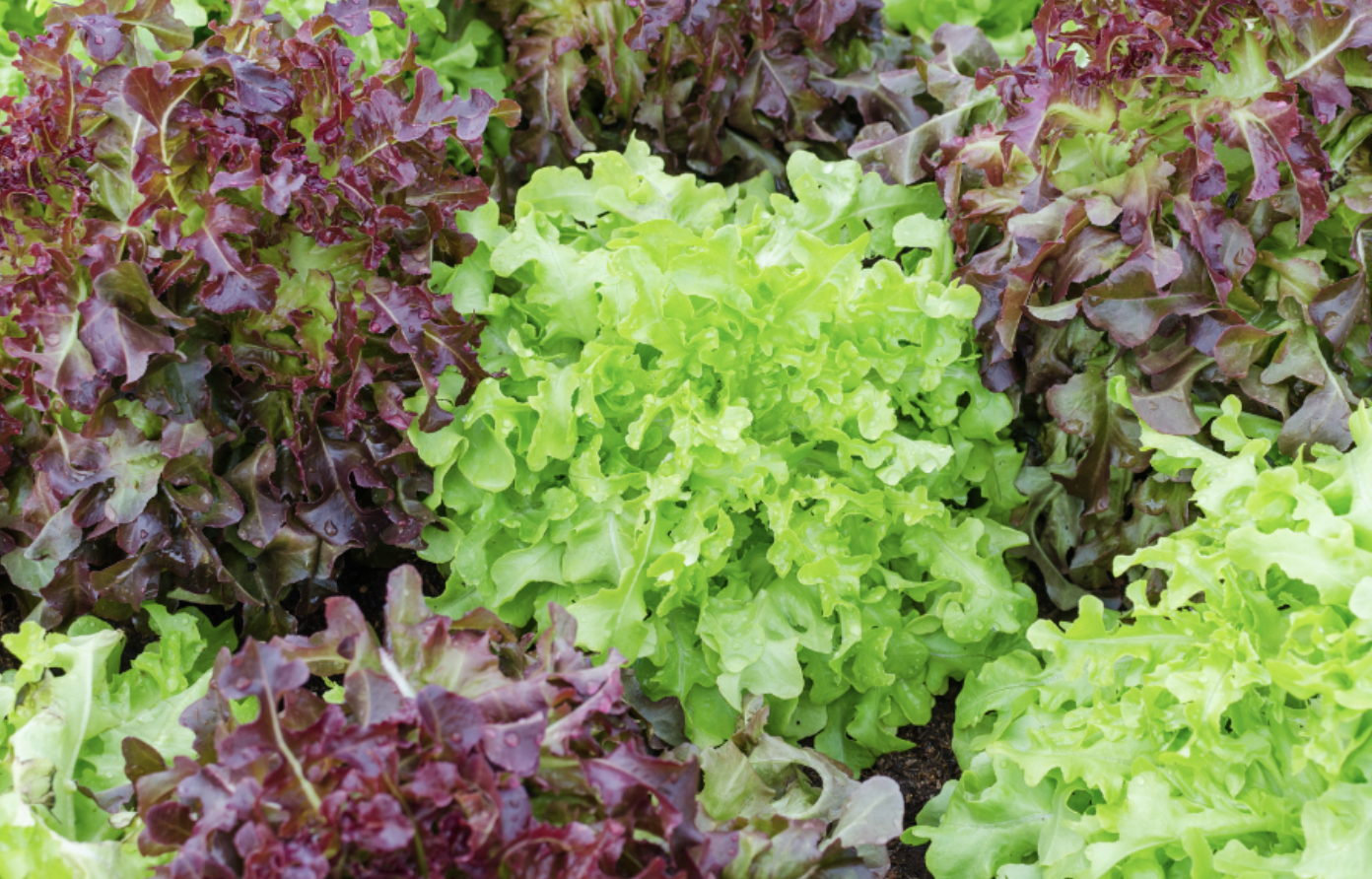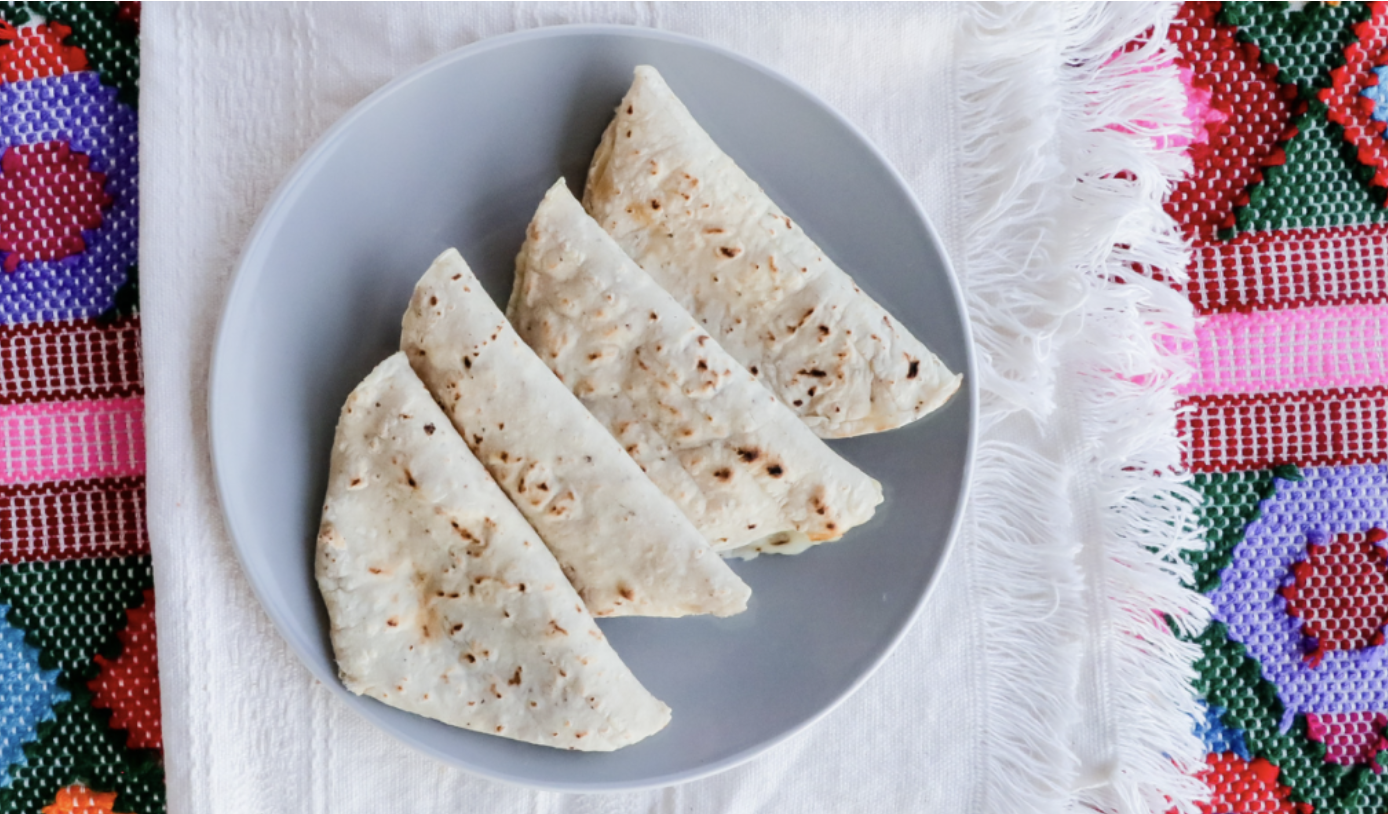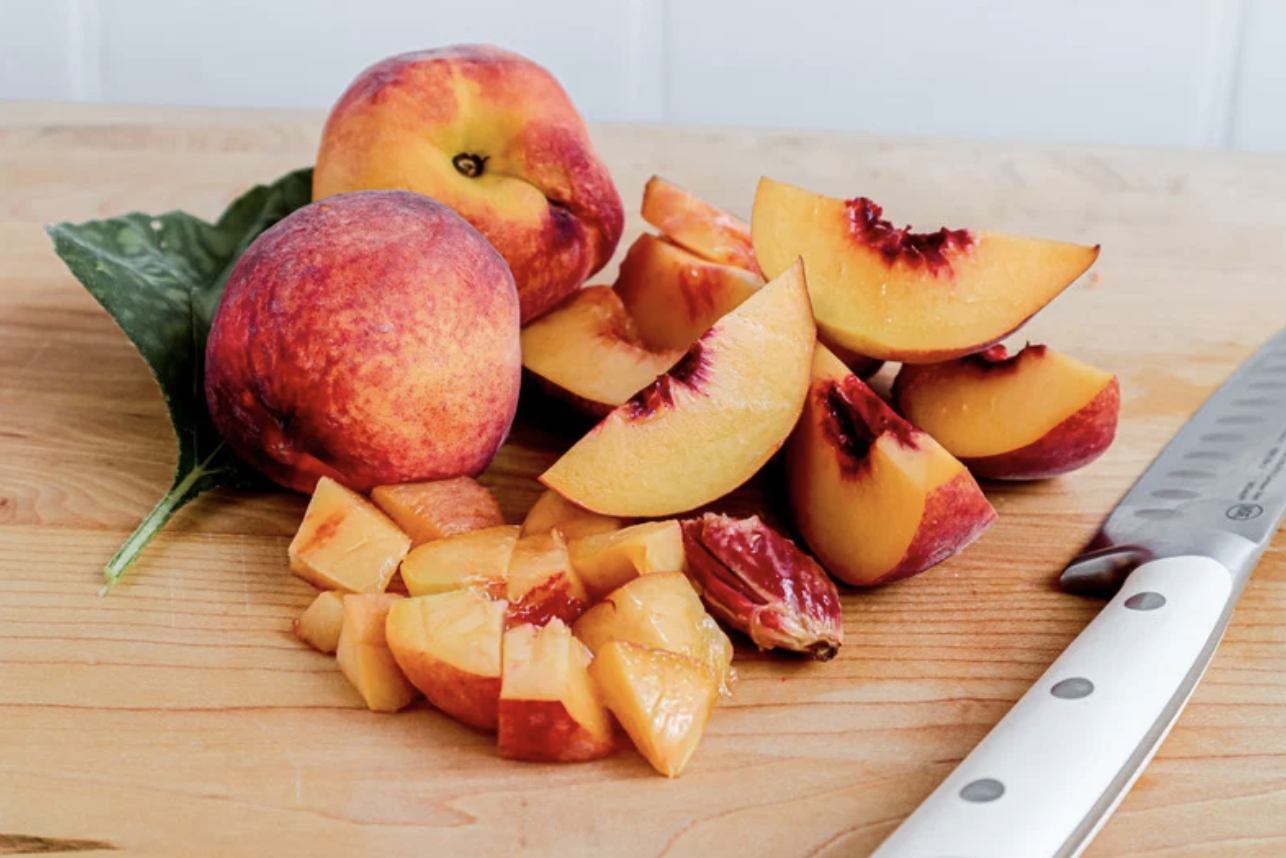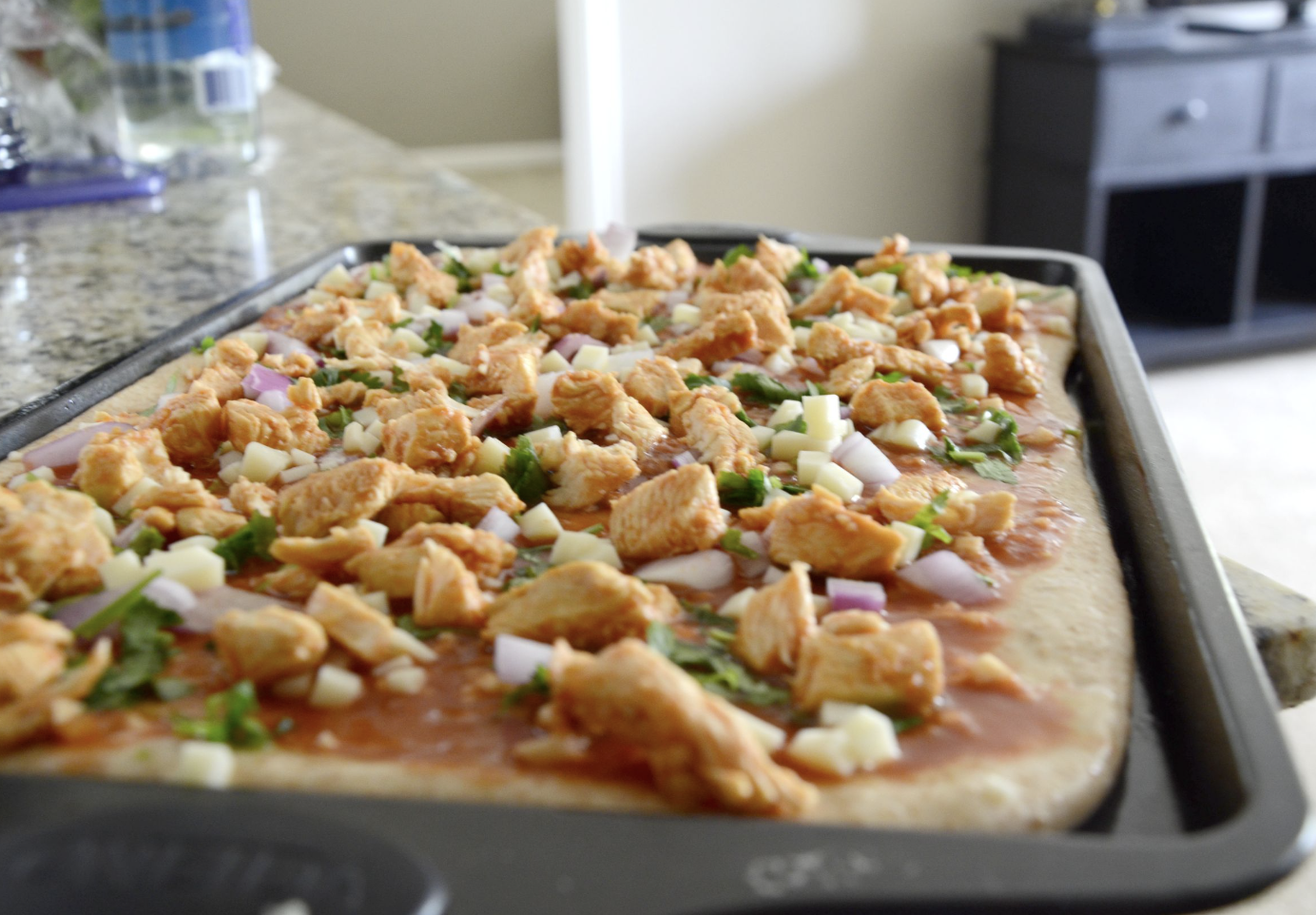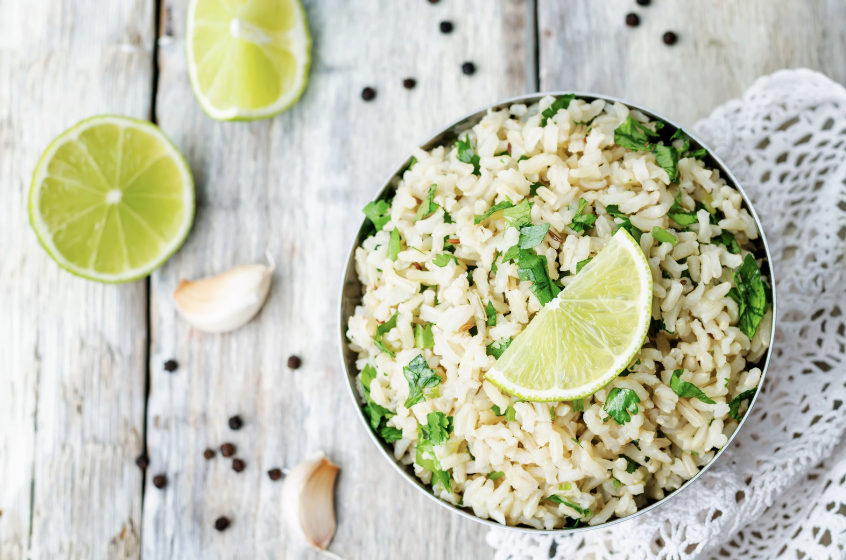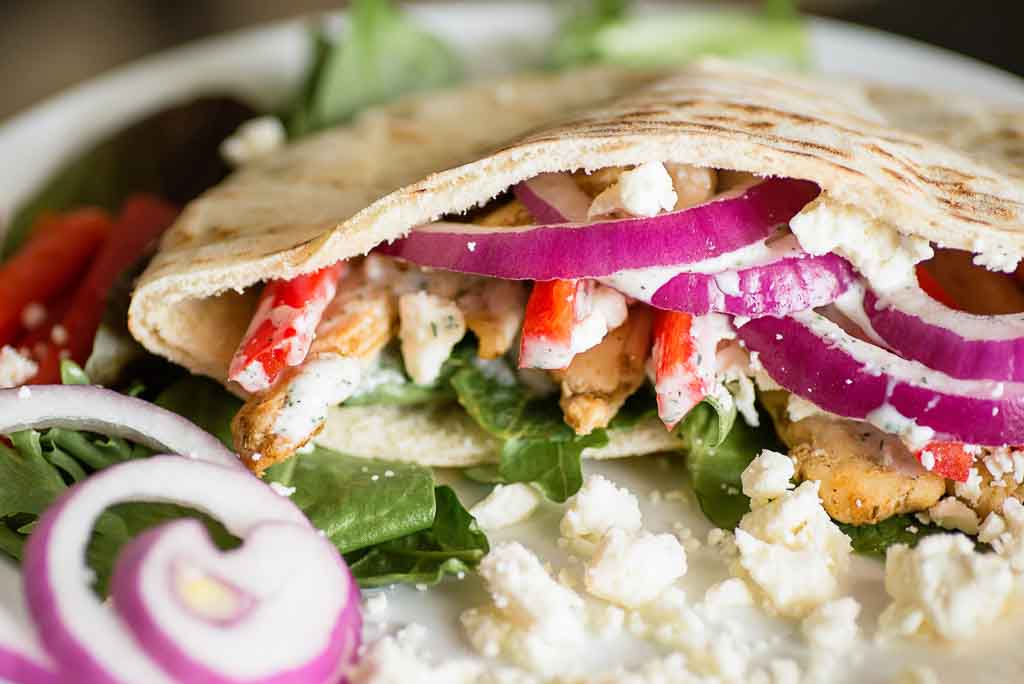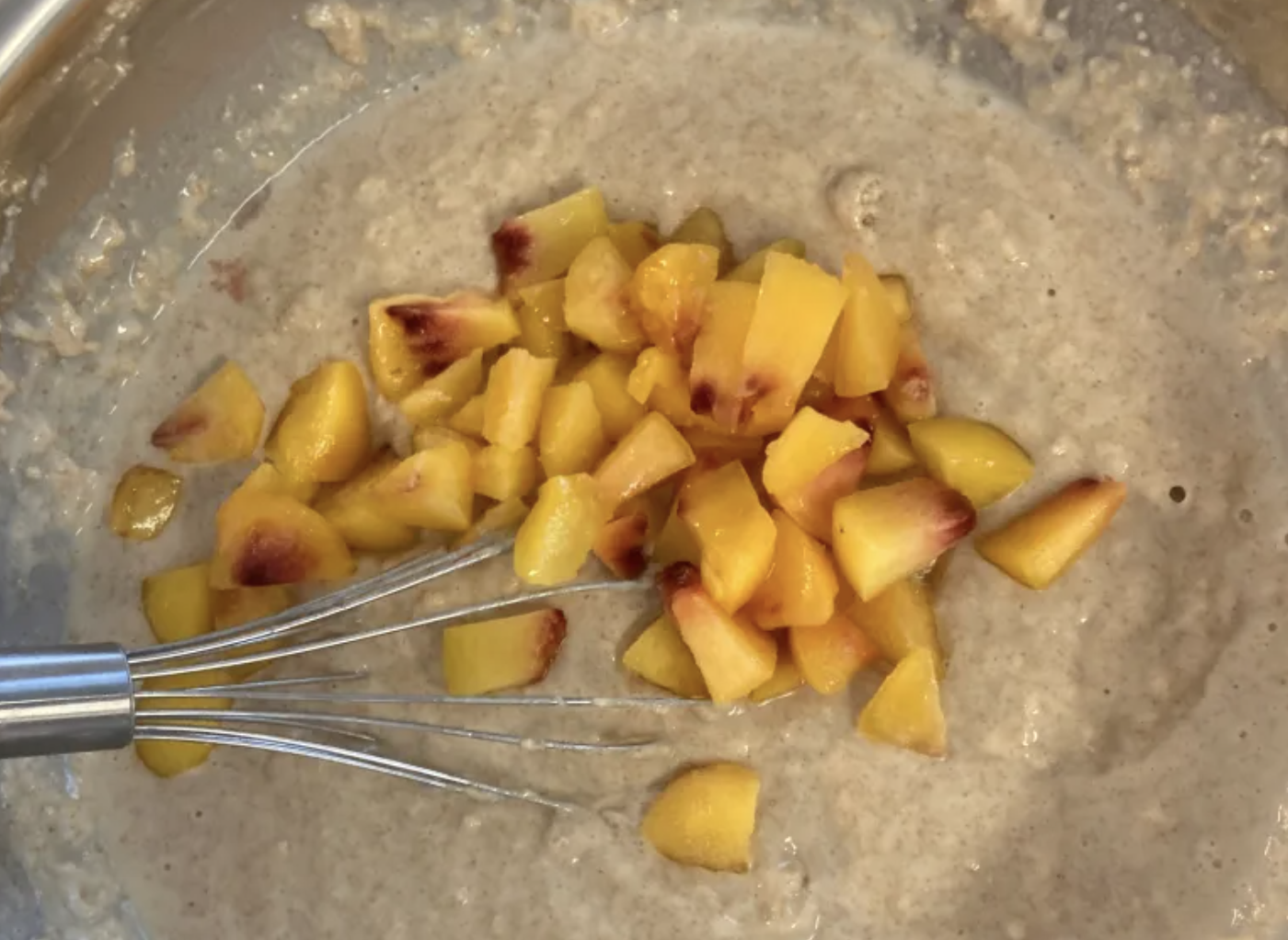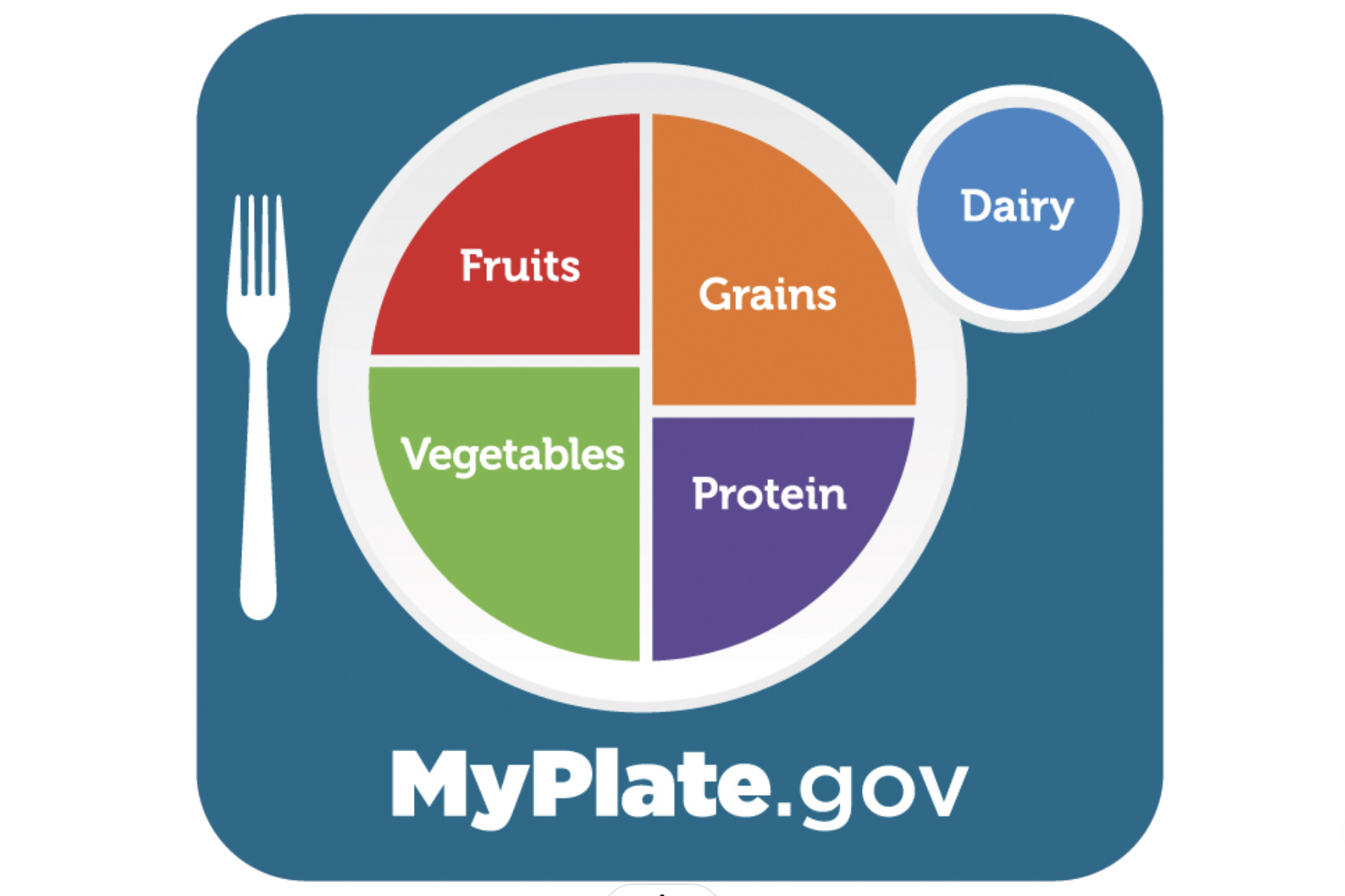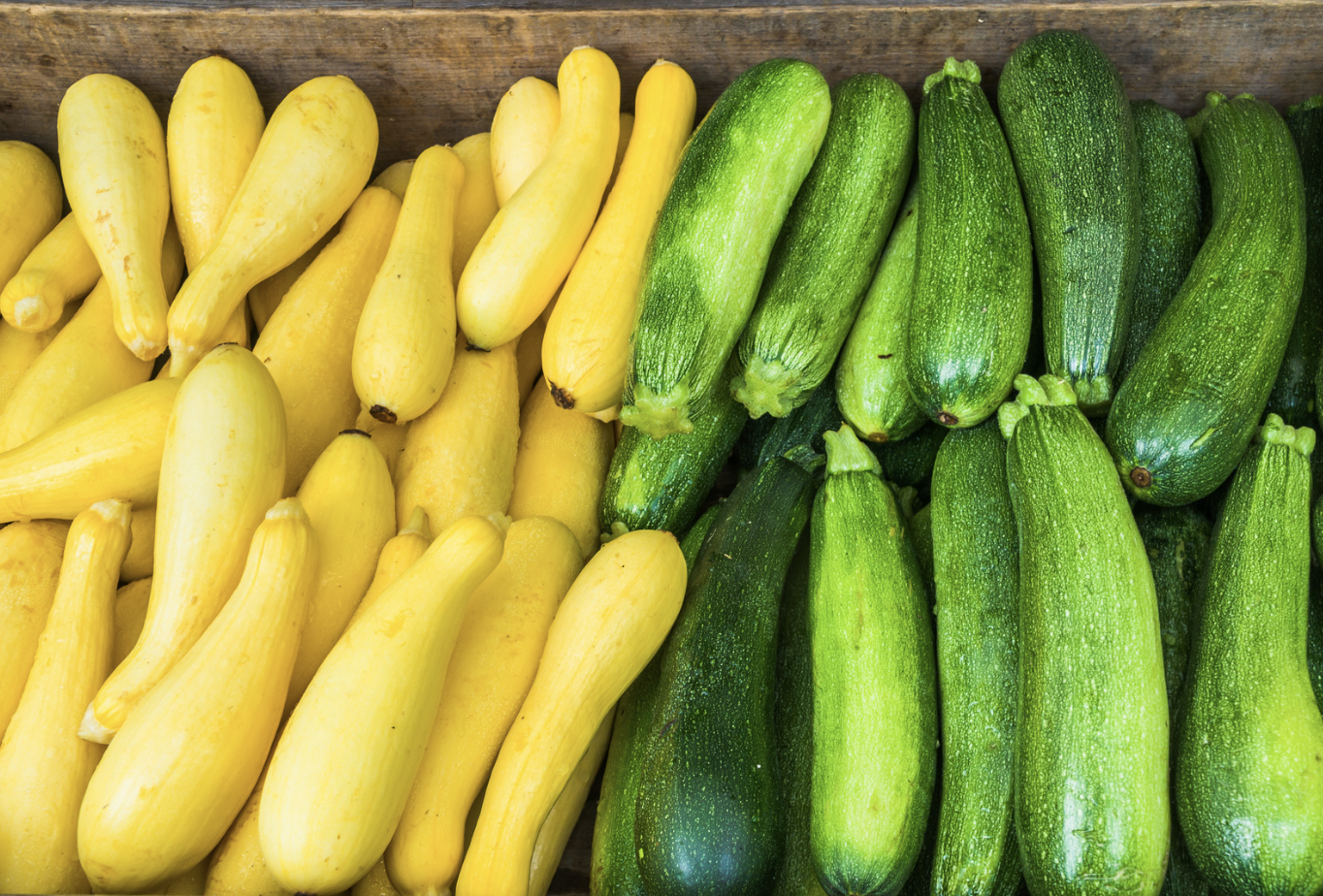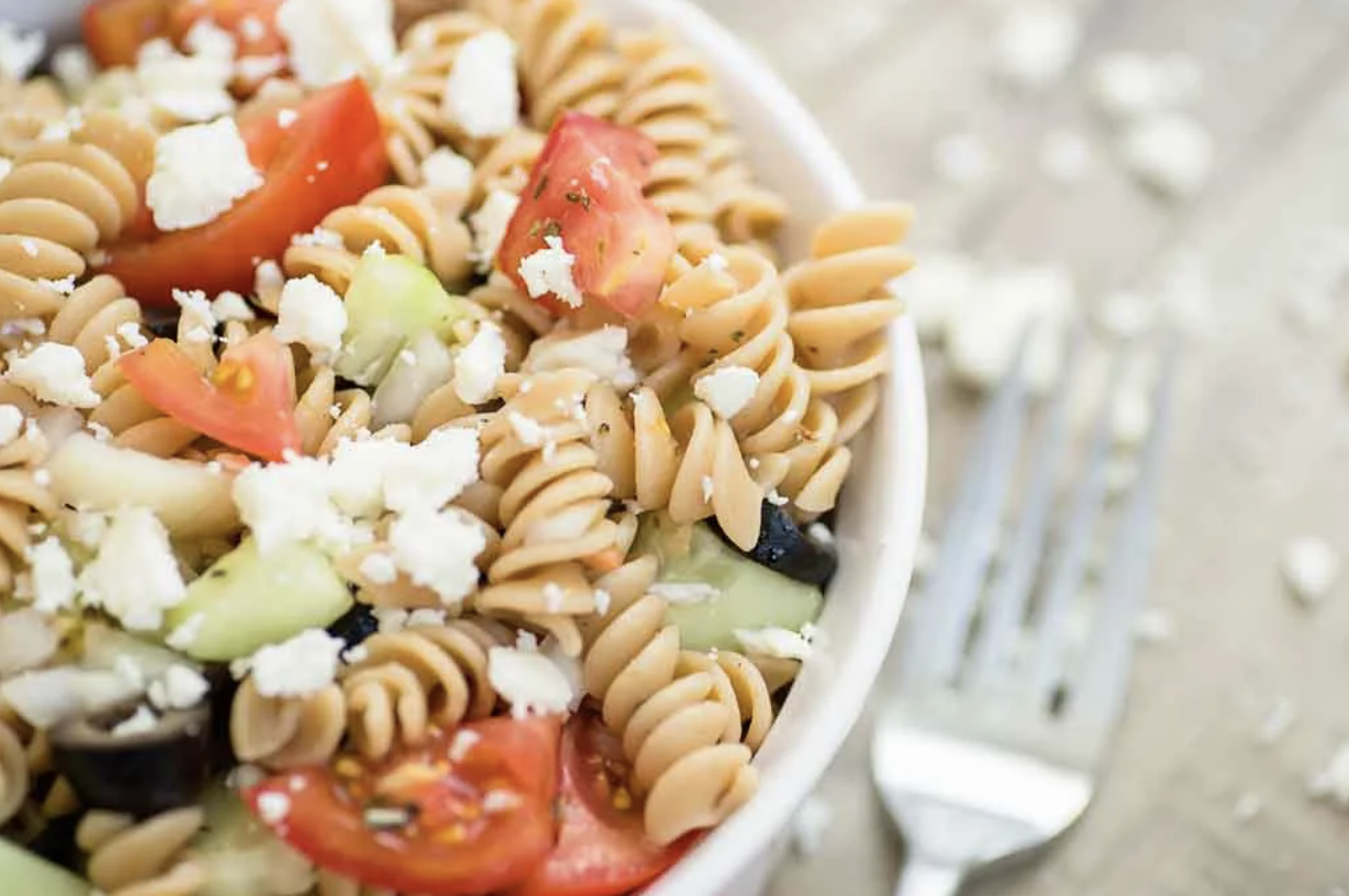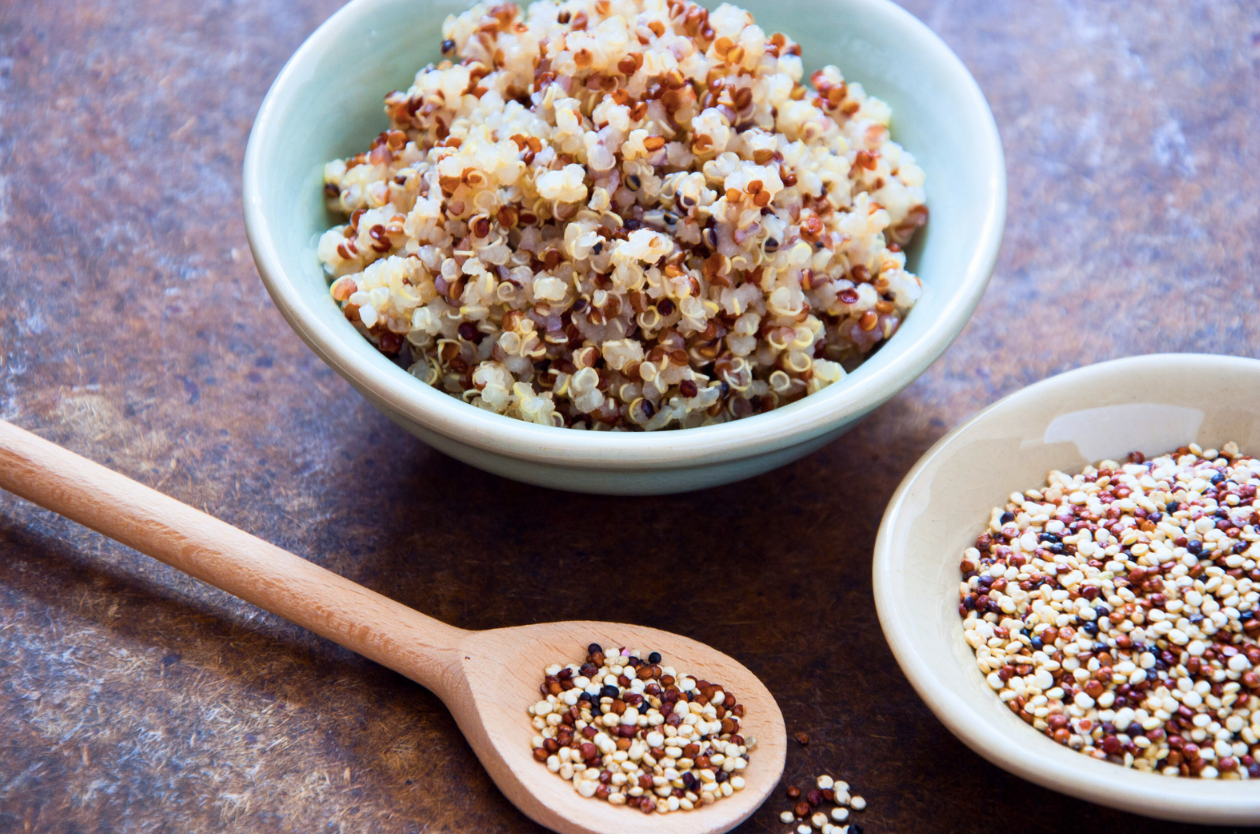Eating Healthy on a Budget: The Ultimate Guide to Frugal Meal Planning

Frugal meal planning is one of the best ways to save money on your grocery budget. We have compiled some great tips and tricks to create this Ultimate Guide to Frugal Meal Planning.
Good meal planning can reduced stress levels, help you save money and eat better. You won't dread the "what's for dinner" question any more!
Let's dive in!
Define Meal Planning
So what is meal planning? Meal Planning is defined as the process of deciding in advance what meals you will eat over a specified period, typically a week or more.
It involves selecting recipes, creating a shopping list, and organizing your food preparation to meet dietary, nutritional, and time constraints efficiently.
Meal planning helps you save time, money, and make healthier eating choices.
Types of Meal Planning
There are a variety of types of meal planning. Here are just a few to think about:
- Weekly Meal Planning: Deciding what to eat for the week ahead.
- Batch Cooking: Making multiple servings at once for future meals.
- Meal Prepping: Getting ingredients ready in advance for quicker cooking.
- Freezer Cooking: Preparing and freezing meals for later.
- Once-a-Month Cooking: Cooking a month's worth of meals in a day.
- Budget Meal Planning: Planning meals to save money.
- Event/Holiday Meal Planning: Special meals for occasions.
- Emergency Meal Planning: Preparing for unexpected situations.
Meal Planning Guidelines and Principles
- Use MyPlate food groups: Include a mix of protein, vegetables, fruit, dairy, and grains for a well-rounded meal.
- Variety is Key: Rotate different foods to ensure you get a range of nutrients.
- Plan Ahead: Decide your meals in advance to avoid last-minute unhealthy choices.
- Use a Shopping List: Create a list based on your meal plan to avoid impulse buying.
- Minimize Processed Foods: Focus on whole, unprocessed ingredients.
- Cook in Batches: Prepare extra portions for leftovers to save time and reduce waste.
- Look at your Calendar: When menu planning, adjust your plan as needed to accommodate changing schedules or unexpected events. Plan easy meals on busy days.
- Learn Basic Cooking Skills: Simple cooking techniques can make meal preparation easier. Our online free Create Better Health course is perfect for this!
- Reduce Food Waste: Start your menu planning by looking through the fridge, freezer and cupboards. Use leftovers creatively and be mindful of expiration dates.
- Family Involvement: Involve family members in meal planning and preparation.
- Keep it Simple: Meals don't have to be complicated to be nutritious and delicious.

Factors to Consider When Planning Meals
Here are a few factors to keep in mind when frugal meal planning.
- Budget Constraints: Be mindful of your budget and seek cost-effective ingredients and recipes that align with your financial goals.
- Time Available for Cooking: Consider your daily schedule and choose meals that match the time you have for preparation, whether it's quick and easy recipes for busy days or more elaborate dishes for weekends.
- Nutritional Needs: Tailor your meals to meet your nutritional requirements, considering factors like age, activity level, and health goals. Aim for a balance of nutrients like protein, carbohydrates, and vegetables.
- Available Ingredients: Plan meals based on what ingredients you already have and what's in season. Reducing food waste and using what's on hand can save both time and money.
- Portion Sizes and Balance: Pay attention to portion sizes to avoid overeating and ensure your plate is balanced with a variety of food groups to meet your dietary goals.
Simple Steps to Follow When Meal Planning
-
Choose a Day: Set a specific day each week for meal planning. Make it a routine.
-
Inventory Check: Take stock of what you have in your kitchen. What needs to be used up?
-
Pick Recipes and Plan Meals: Decide on meals for the week, considering a mix of proteins, veggies, fruits, and grains.
-
Make a List: Create a shopping list based on the recipes and ingredients you need.
-
Stick to the Plan: Try to follow your meal plan to minimize waste and overspending.
-
Review and Adjust: Evaluate what worked well and what didn't. Adjust for the next week.
Kid-Friendly Meal Planning
Here are some simple tips for kid-friendly meal planning:
- Involve Kids: Let kids help choose and prepare meals. When they have a say, they're more likely to eat what's served.
- Finger Foods: Kids often enjoy bite-sized, finger-friendly foods. Consider snacks like veggie sticks, fruit slices, or mini sandwiches.
- Colorful Plates: Use a variety of colorful ingredients to make meals visually appealing. Kids are more likely to eat a rainbow of foods.
- Hidden Veggies: Sneak vegetables into dishes like spaghetti sauce or smoothies for added nutrition.
- Balanced Meals: Ensure each meal includes a mix of protein, vegetables, and grains to cover nutritional needs. Refer to MyPlate for more guidance on food groups.
- No Pressure: Avoid pressuring kids to eat. Offer a variety of foods, but let them decide how much to consume.
- Mealtime Routine: Establish a consistent mealtime routine to create a sense of structure and comfort.
- Offer a Dip: Kids may be more interested in trying foods if there is a dip offered.
- Lead by Example: Demonstrate healthy eating habits as kids often mimic what they see.
Cuisine and Dish Ideas for Family Meal Planning
If you're having trouble coming up with dinner ideas, try brainstorming with different cuisines or dish themes. This creates fun variety so you don't get sick of eating the same thing. Plus, it might help you think of different new ideas you haven't tried before.
Here are some dishes to help start your brainstorming:
-
Italian: Pasta dishes, pizzas.
-
Mexican: Tacos, enchiladas, burritos.
-
Japanese: Sushi, ramen, teriyaki.
-
Indian: Curries, Tikka Masala
-
Chinese: Stir-fries, dumplings, noodles.
-
Mediterranean: Greek salads, falafel, hummus, kebabs.
-
Breakfast: Pancakes, quiche, smoothies, yogurt parfaits, breakfast burritos.
-
Salad: Chef salad, cobb salad, taco salad
-
Soup: chili, chicken noodle, creamy potato, taco soup
Pin "The Ultimate Guide to Frugal Meal Planning" to Pinterest

Check Out Our Other Recipes



